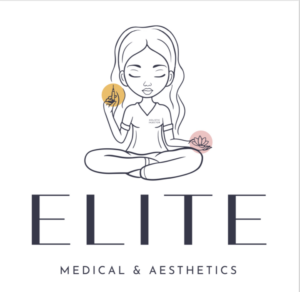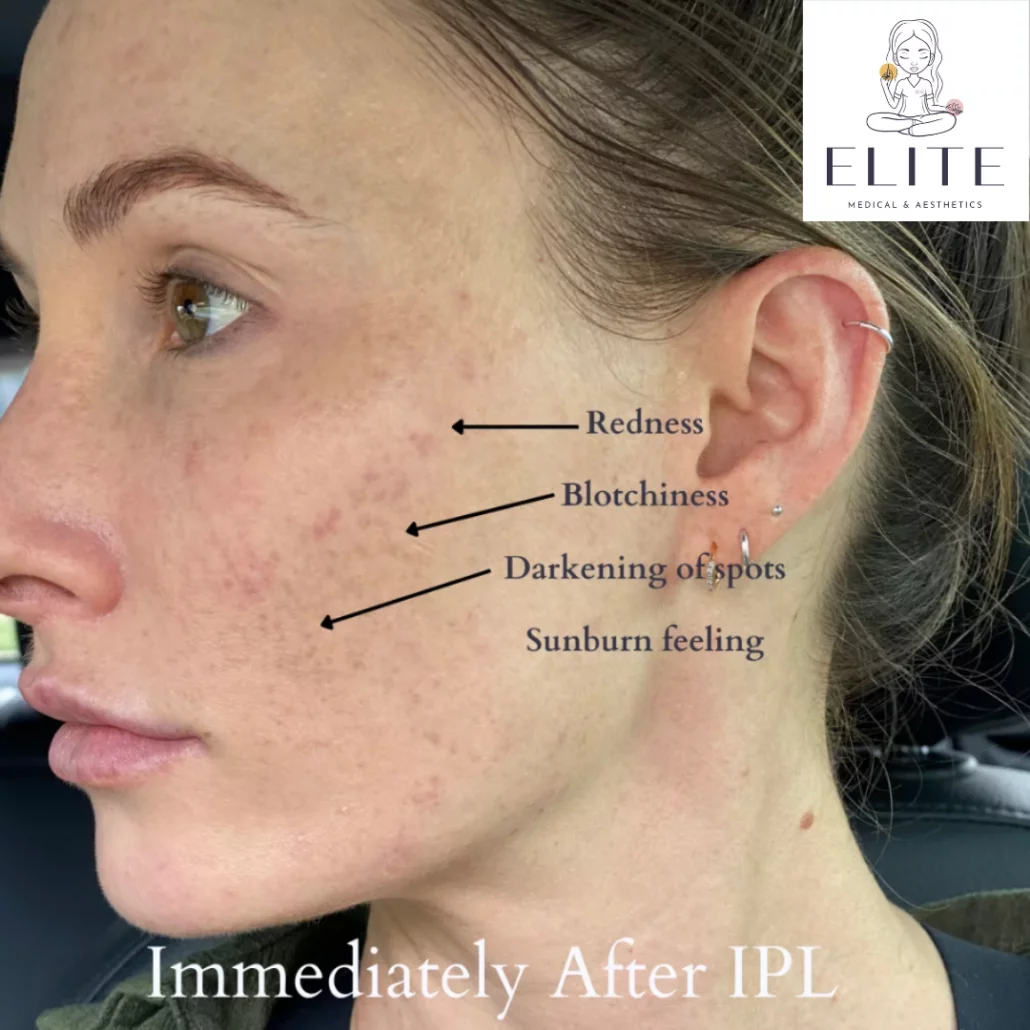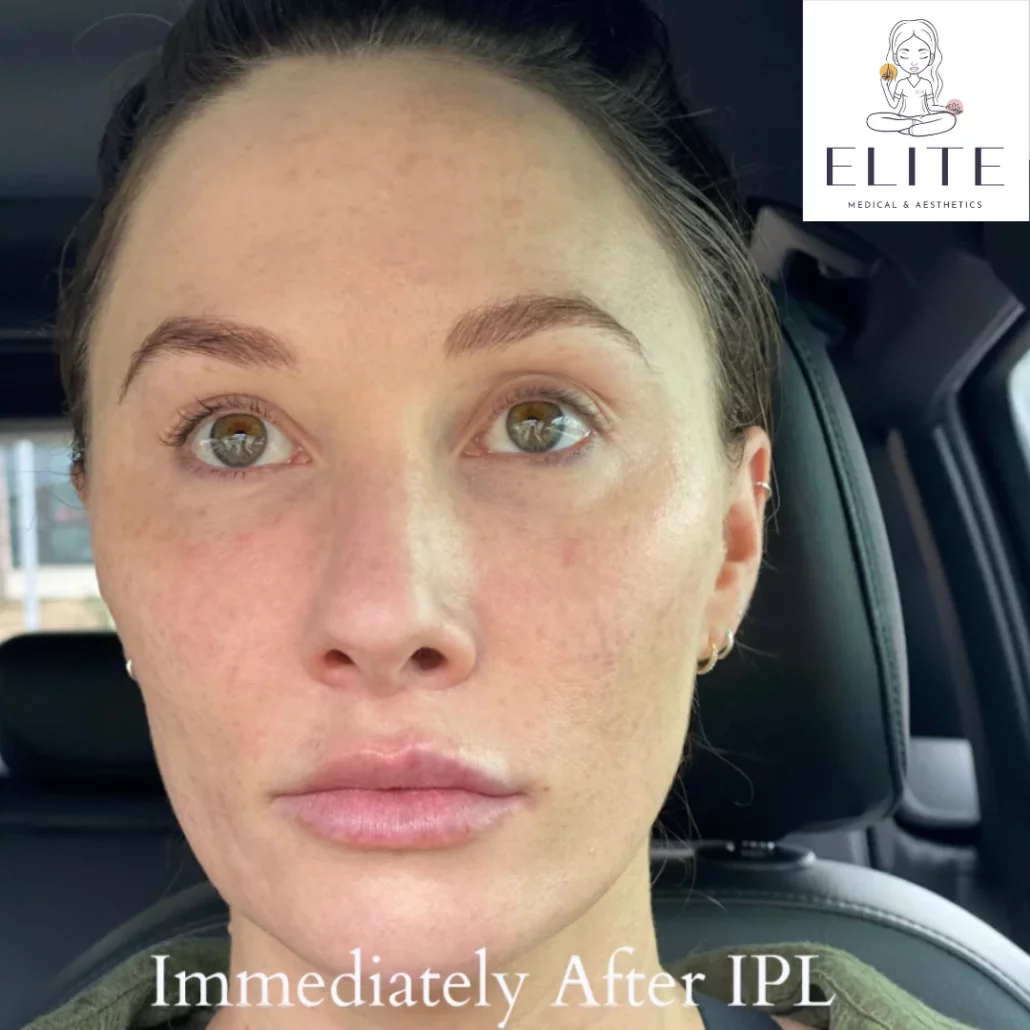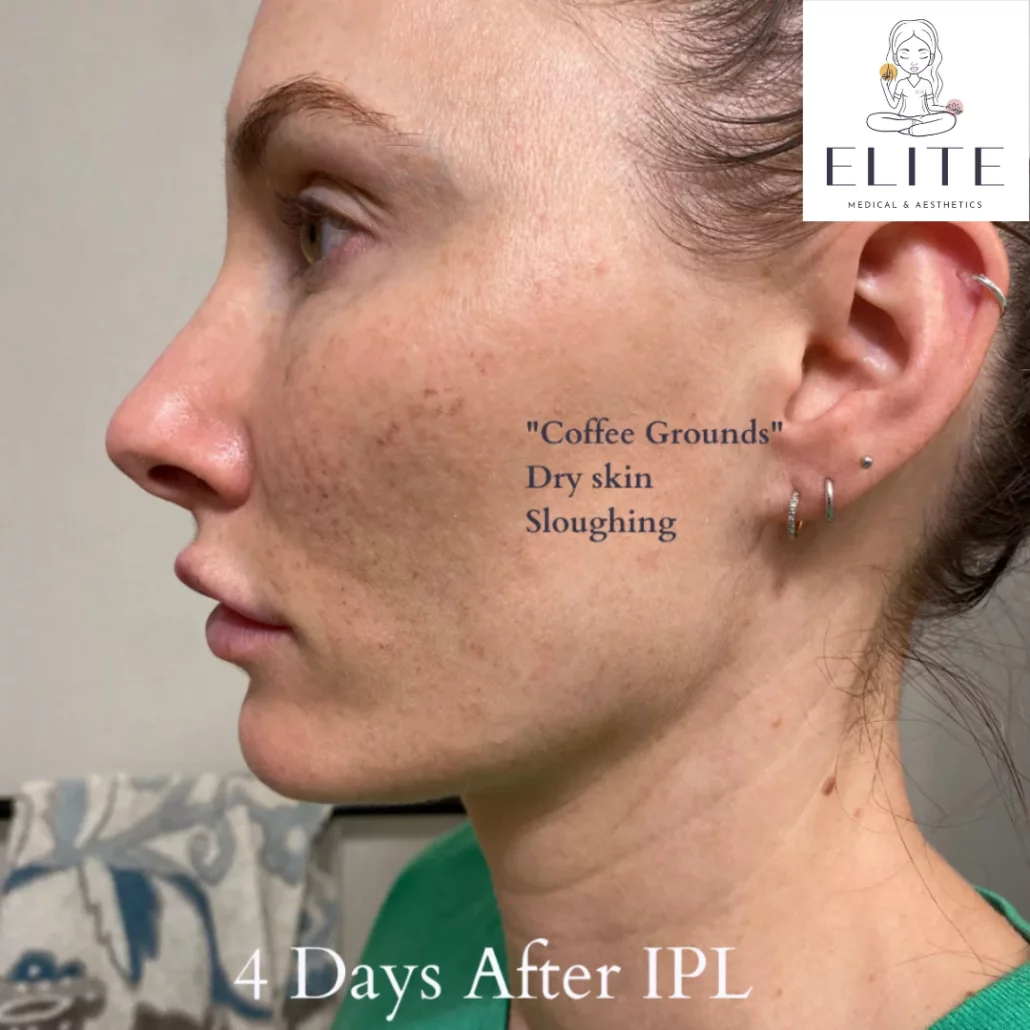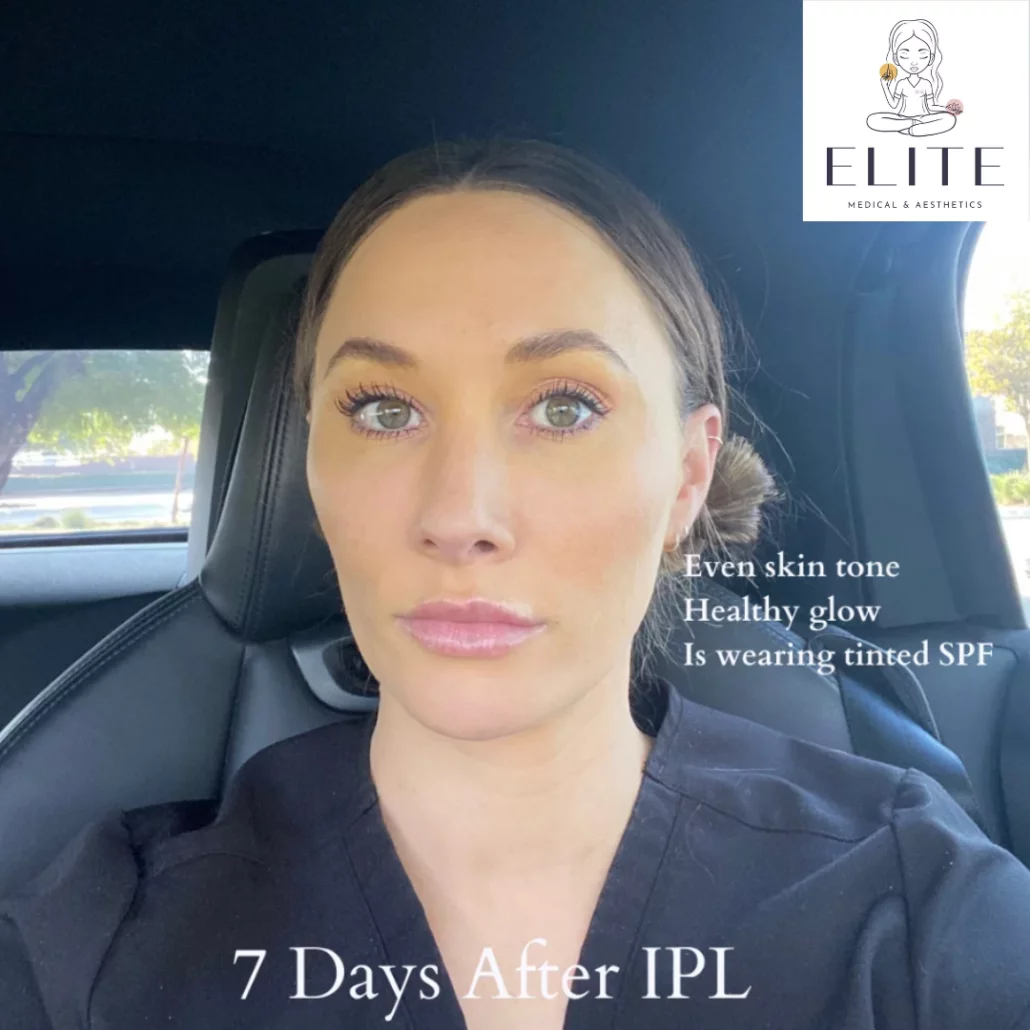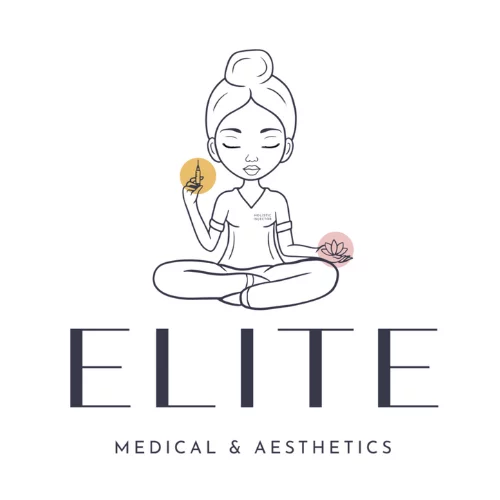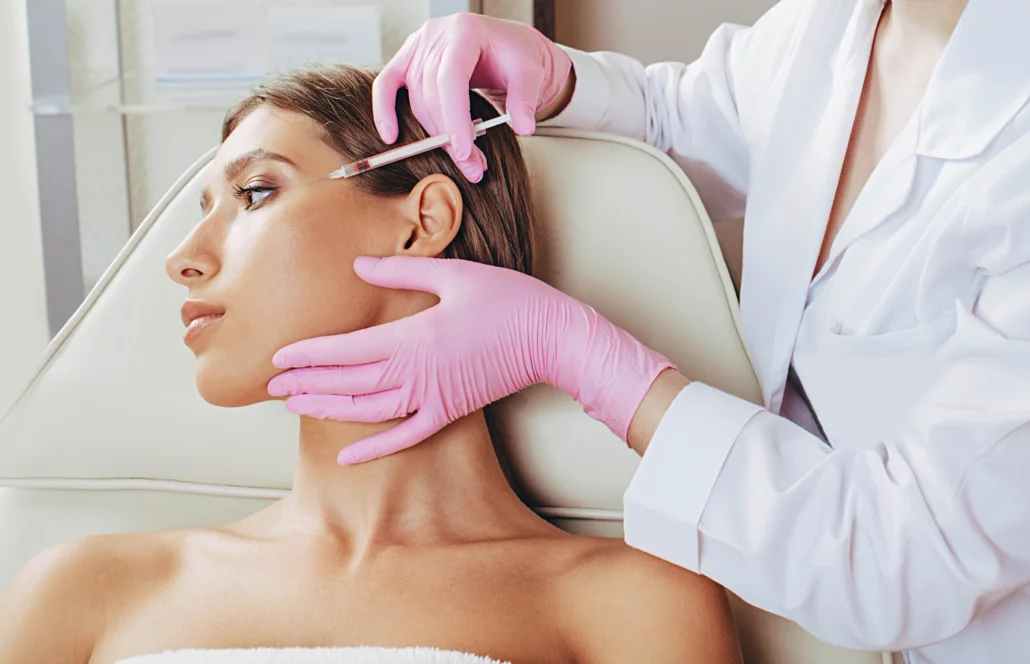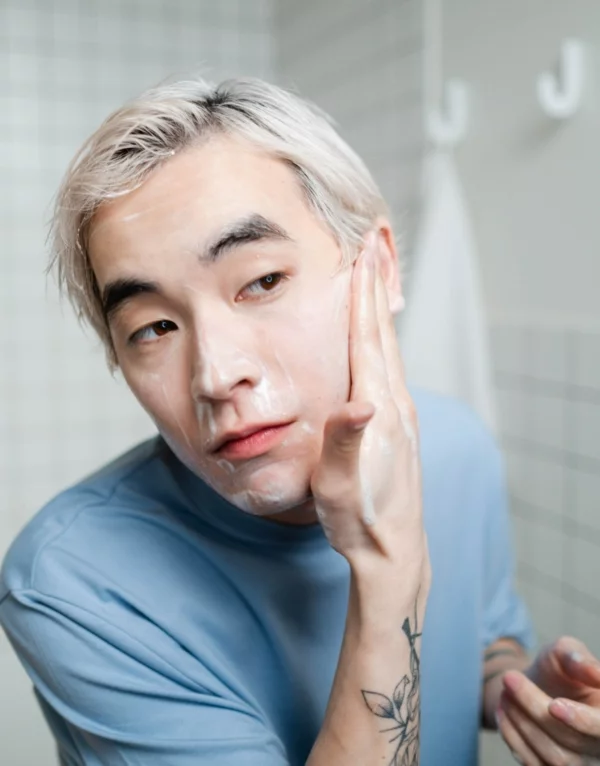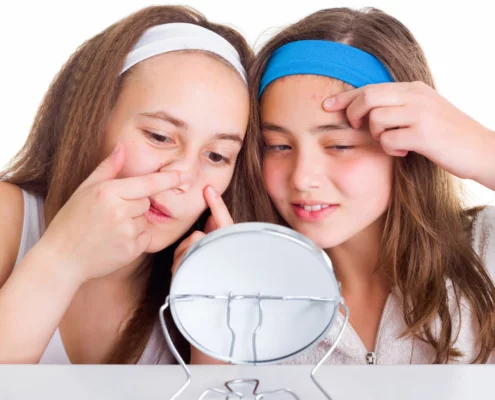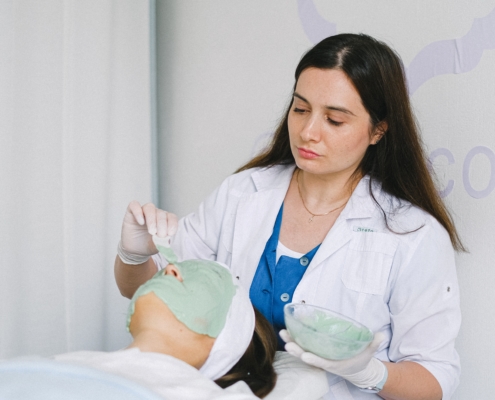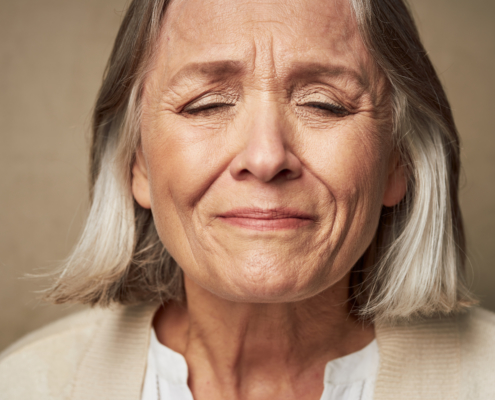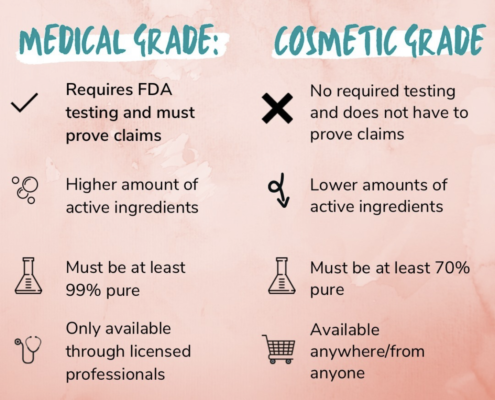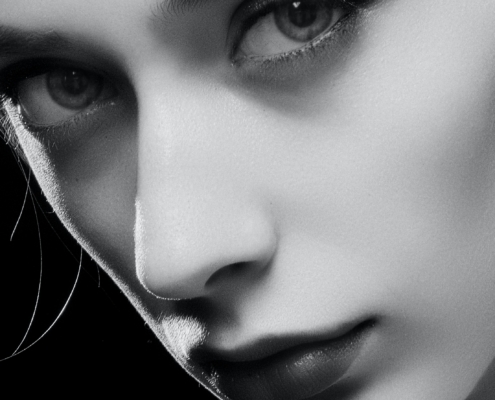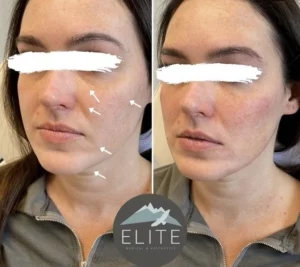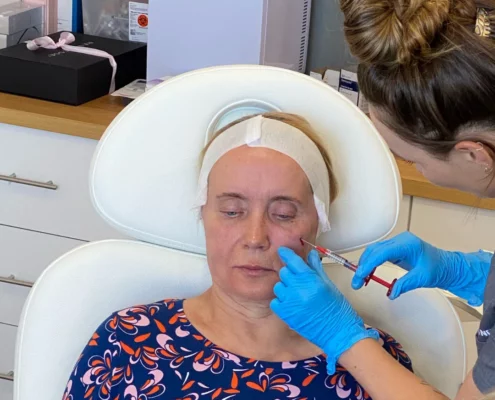6 Tips on How to Choose an Injector
/in Uncategorized /by Mary Beth MartinIntroduction
It can be really intimidating trying to find an injector. This is your face we’re talking about here! Not only is safety a top priority, but so are results (before and after images), attitude and the entire vibe of the medical office! So we’re here to help with what to look for by going over what we would look for as injectors choosing an injector.
Keep reading to learn more!
Table of Contents
How do I choose a Botox or filler injector?
Here is a quick guide on choosing a botox (or Xeomin, Dysport) and filler injector/provider:
- Simple Research: look into the company’s/injector’s website, social media, before and after galleries, reviews, credentials, “about” page etc. This can give you a really good “feel” for the injector and their aesthetic style. Follow our 6-tips below during your research then:
- Book a consultation: before getting any treatments, book a consultation to get a feel for the office and the injector. This is a great time to discuss your goals, what’s important to you, budget, and ask lots of questions!
- Get a second opinion: this step can be extremely helpful because it gives you perspective and can often solidify your decision before going through with treatments and selecting an injector. This can be beneficial if you are newer to the aesthetic world, too.
- Reflect: take the time to absorb all of the knowledge and even further some of your research if new ideas or questions arise. Any “good” injector will not be pushy during this time, but instead will follow up to ensure you don’t have any lingering questions.
Below is a video of Ali, NP explaining traits and qualities that she would look for in an injector AS an injector.
Learn more about Ali, NP HERE
What should I look for in an injector?
There are many elements to look into when choosing an injector, and this is where our top 6 tips for finding an injector come into play. Keep reading below 👇
Tip #1 : Has medical background

Medical background, trainings, and experience are very important to ensure your safety isn’t on the line! Aesthetic treatments are medical treatments and not spa treatments. Every injector should have a medical background and education to understand anatomy & physiology, risk factors, health complications and SO MUCH MORE. You can usually find this information posted on the website, and if not be sure to ask during an initial consultation.
Tip #2 : Does aesthetics full-time

The aesthetic industry is constantly changing and evolving, so it is important to go to a provider that makes aesthetics their priority and is up-to-date with the latest information and techniques. Also, injectors who inject full-time generally have better skillsets, because they see a variety of different clients on a daily basis!
Tip #3 : Has an artistic eye/abilities

At Elite, we take pride in our providers’ artistic backgrounds and abilities, because it enhances their skillsets. To look at someone and harmonize their individual features is a work of art, rather than just injecting everyone with the same techniques.
Tip #4 : Collaborative

Collaboration here is actually two-fold:
A good provider will collaborate with their patient first in order to understand their goals and come up with a plan together. The best injectors also collaborate with their team and other injectors in order to stay up to date or get a second opinion if needed. Collaboration over competition is better for everyone!
Tip #5 : Looks "normal"
If you want to look “normal” it is crucial to go to an injector that “looks normal” and not overdone…or at least they look like the aesthetic goal you are seeking. Oftentimes you can tell an injector’s style or aesthetic preference by simply looking at their features.
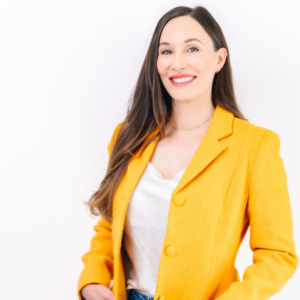

Tip #6 : Isn't afraid to say "no"

An injector that has people’s best interest at heart, and is not afraid to say no, is definitely a trait to look for. At Elite we always stay true to the motto, “people over profits”, because we put safety and natural results as our priority (and sometimes that requires saying no 😉 ).
What is a medical injector?
A medical injector is someone with a medical background such as a RN, NP, PA, or Physician who safely performs aesthetic treatments and injectables such as: Tox, dermal fillers, Lasers, IPL, IV Therapy, and other injectable services.
Should you get botox from a doctor or a nurse?
Getting Botox, or any type of neurotoxin like Xeomin & Dysport, from a nurse, PA , nurse practitioner or doctor is a personal decision. We recommend that regardless of title, the injector follows the six tips above and overall makes you feel comfortable. Both nurses and doctors have medical experience, but neither of those titles mean they are good Tox injectors 😉.
Also remember that you want the one that has the most experience doing injections to do your treatment. Some doctors may have gone to school for a long time, but if their RN does all of the injections he/she is likely the better choice.
Who is the best person to inject botox and fillers?
The best person to inject botox and fillers are nurses, nurse practitioners, physician associates and physicians. Simply because they have the medical background and experiences needed to safely administer and provide these types of treatments. However, it is important to also take into consideration the following:
- Before and after images of their work
- Referrals and reviews
- Personality and bedside manner
- Their looks and aesthetic preferences
Lastly, book a consultation with the provider you may be interested in seeing to ensure it is a good fit 😊
What questions should I ask my injector?
Some important questions to ask your injector/provider before doing any treatments may include the following:
- What type of medical background, trainings and certifications do you have?
- How long have you been an injector/experience with injectables?
- What treatment do you perform most frequently?
- How often do I need to receive injections/treatments to reach my end goal?
- What are the risks with these treatments?
- Is there downtime involved with these treatments?
- If something goes wrong who do I contact?
There are many different questions to ask, and we recommend asking questions that are most important to you, but these are a start.
Should I tip my injector?
No, it is not legal for medical professionals/offices to accept tips on medical procedures, which is what most aesthetic treatments and injectables are. At Elite, our providers feel that enough of a “tip” is having wonderful, loyal clients! Or if you want to go above and beyond, you can always leave your injector a review online :).
If you are located in the Lone Tree, CO area and are seeking an experienced injector, click the button below to schedule a consultation.
Elite Medical & Aesthetics is a premier med spa with an all nursing staff of NP’s with safety as our #1 priority.
